Skip the processed honey and buy the whole honeycomb – it’s rich in all kinds of amazing bee products that can heal your body from the inside out.
There’s so much more to bee products than just honey. In fact, a single honeycomb is rich with layers of different substances like bee pollen, royal jelly and propolis, which can help reduce inflammation, fight bad bacteria, and even combat cancer. (1, 2, 3)
Read on to dive into the lesser-known bee products available, their powerful natural benefits, and how to use them!
It’s not just a sweetener -- it’s medicine, too! Discover The Benefits of Nature’s Superfood: Honey
Click here to get your FREE copy of our Honey Guide!
Why You Should Eat More Bee Products
When you think of “bee products”, your mind probably immediately turns to honey. However, honey isn’t the only thing that bees have to offer.
There are other pieces and substances of the honeycomb made by bees, such as royal jelly, propolis, pollen, and even the comb itself (which is edible). Every bee product has different properties and effects, which is why trying a variety in your diet could lead to more benefits as a whole.
What’s in a Honeycomb?
Below, we’ll dive into the many pieces that make up a whole honeycomb. We’ll explain how each bee product can help boost your health, and provide tips on how to eat (or use) them.
Raw Honey
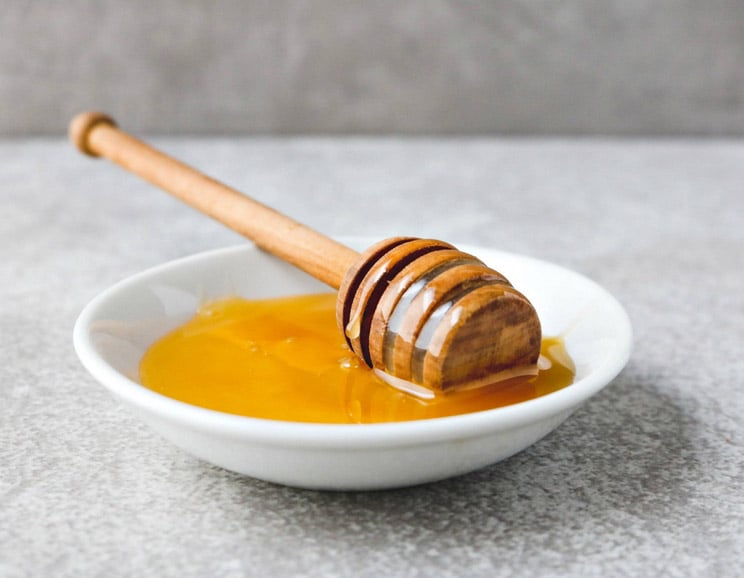
Humans have used honey as medicine for at least 8,000 years. Researchers discovered depictions of the revered sweet substance on cave illustrations and found that honey was the most commonly prescribed “drug” in ancient Egypt. (4)
Honey contains roughly 200 active substances that act as antioxidants that are extremely beneficial in treating a variety of ailments, such as inflammation, bacterial infections, and even aging.
Research has even shown raw honey to be more effective than placebos in treating cough and upper respiratory symptoms, especially at night. (5)
How to Use it:
One of the most important things to look for when buying honey is that it’s raw.
The process of pasteurization heats the honey to a temperature that can destroy the delicate enzymes and nutrients that give honey its many benefits. (6)
- For a simple approach, try eating a tablespoon in the morning for an immune boost.
- Moisturize your skin by using it as a DIY face mask.
- Try mixing it with olive oil and running it through your hair as a hair mask, then rinse off after 15 minutes.
- Add a spoonful to your tea at night to help you sleep when you have a cold. (7)
- If your lips are dry and chapped, try adding a dollop for moisture.
- Turn it into DIY cough drops with a bit of turmeric and honey.
Propolis
Propolis is another substance bees make for use in their hive. This one is made from the sap of various plants and trees, which is combined with beeswax and saliva to help coat the inner lining of the hive; sealing openings and cracks as a protective barrier against other insects and bad weather. (13)
While it might seem odd to be eating a sort of hive “sealant” for your health, keep in mind that the benefits of propolis have been well-known since ancient times, with cultures around the world using it to treat ailments like wounds and burns, sore throats, and stomach ulcers. (14)
Modern research also shows that propolis contains antimicrobial, antiviral, and antioxidant properties that can help treat colds, infections, heal wounds, and even help ward off cold sores and the herpes virus. (15, 16)
How to Use it: Take as a tincture: You can find it either online or in your local health food store. While dosages vary, you can add 10 drops of propolis tincture to your morning coffee, water, or smoothie.
Bee Pollen
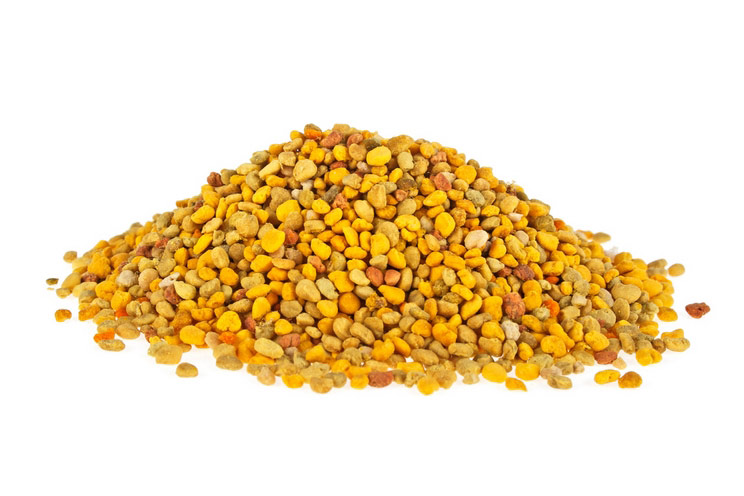
Bee pollen is more than just the pollen from flowers that bees bring back to their hives. It’s also combined with their saliva and enzymes, which creates a mixture of small, nutrient-dense granules that the bee colony eats.
This bee food is overflowing with amino acids, nutrients, and over 200 beneficial active substances. (8) Studies show its potent antioxidants can help fight infections, inflammation, and even tumor growth, as well as help promote wound healing. (9)
Interestingly, bee pollen – that comes from bees collecting pollen from various flowers – contains different benefits. For example, bee pollen from the Croatian cistus contains unique anti-estrogen properties, which could help balance hormones by reducing estrogen levels. (10)
Other animal studies show bee pollen can help reduce cholesterol, as well as ease menopause symptoms. (11, 12)
How to Use it: Add a tablespoon of bee pollen to chia pudding, non-dairy yogurt, as a smoothie topping, or even enjoy it right off the spoon!
Royal Jelly
Royal jelly is a gelatinous substance rich in vitamins and protein that bees secrete from their glands to feed members of the hive, particularly offspring and the queen bee.
Interestingly, once the small bees become adults, the majority of the royal jelly is fed to the queen, who subsequently lives up to five years. To put this into perspective, a typical worker bee, who doesn’t feed on royal jelly, lives only 45 days. (17) This may be one of the reasons behind royal jelly’s reputation for boosting longevity.
Studies show royal jelly is particularly effective as an antibacterial; working just as well as some antibiotics against powerful bacteria like Staph. (18) Other research finds that royal jelly may help improve diabetes symptoms by lowering blood glucose, as well as significantly increasing antioxidants in your blood, which can help prevent aging and inflammation. (19)
How to Use it: You can take royal jelly in a capsule or fresh. Follow the instructions on your supplement label, or start with a ¼ teaspoon of fresh royal jelly a day, either alone or with raw honey, and work your way up to 1 tablespoon.
Honeycomb
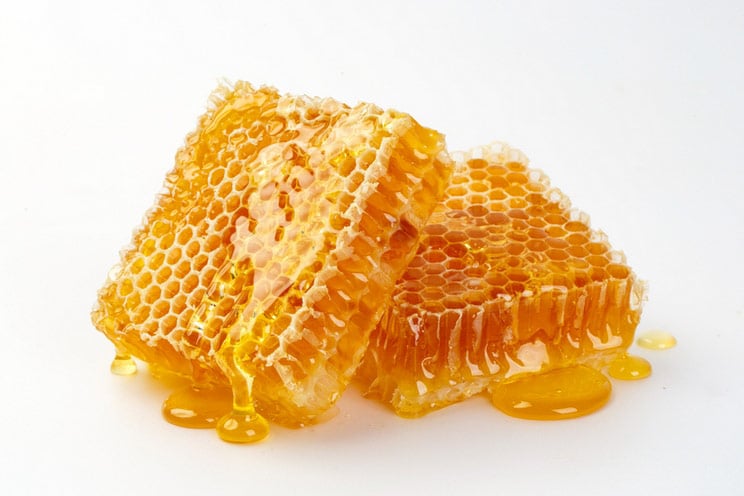
The whole honeycomb is the storehouse of honey, as well as propolis, pollen, and royal jelly. It has a chewy consistency due to the beeswax that it contains – which houses a lot of the benefits.
Studies show that certain compounds and fatty acids found in beeswax can help lower “bad” LDL cholesterol, while also raising “good” HDL cholesterol. (20)
How to Use it: Honeycomb usually comes in a base of honey in a jar, so simply scoop out and chew away. You’ll get your daily dose of honey along with it, and can even use it as a vehicle for royal jelly and propolis if you’re feeling like a queen bee.
Bottom Line
There’s so much more to the honeycomb than simply honey. Bees have provided several substances that have been used since ancient times for their potent health benefits, which are now backed by modern research.
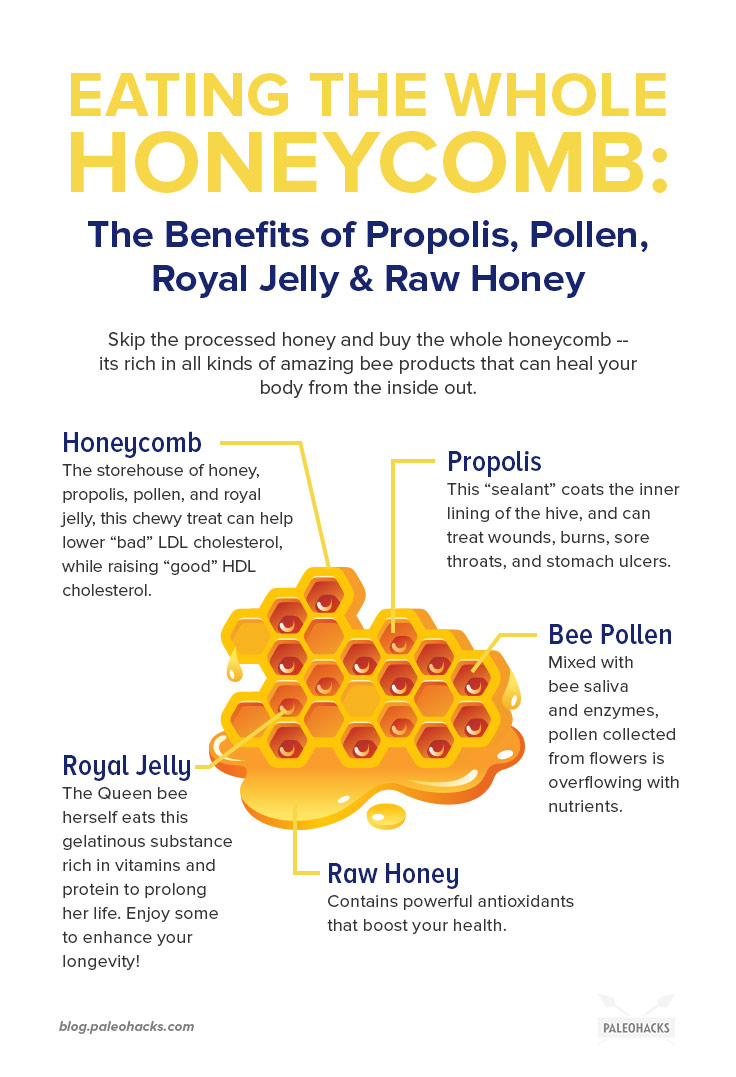
(Read This Next: 6 Proven Benefits of Manuka Honey and How to Use It)


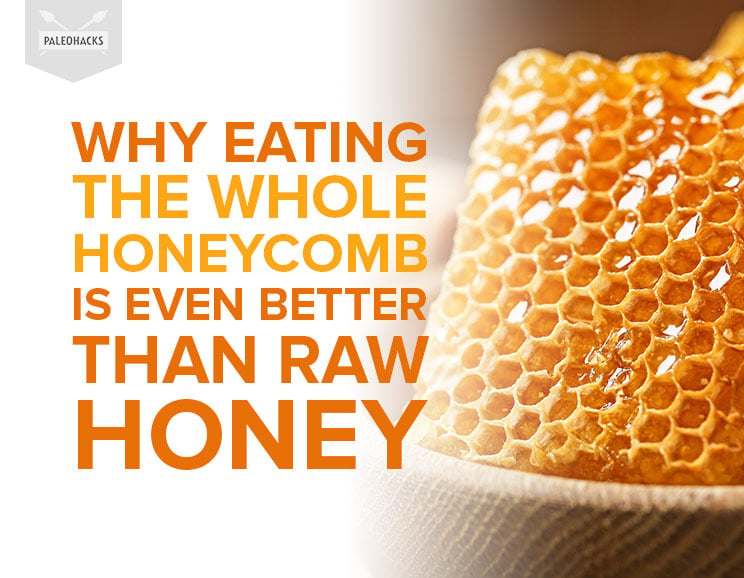
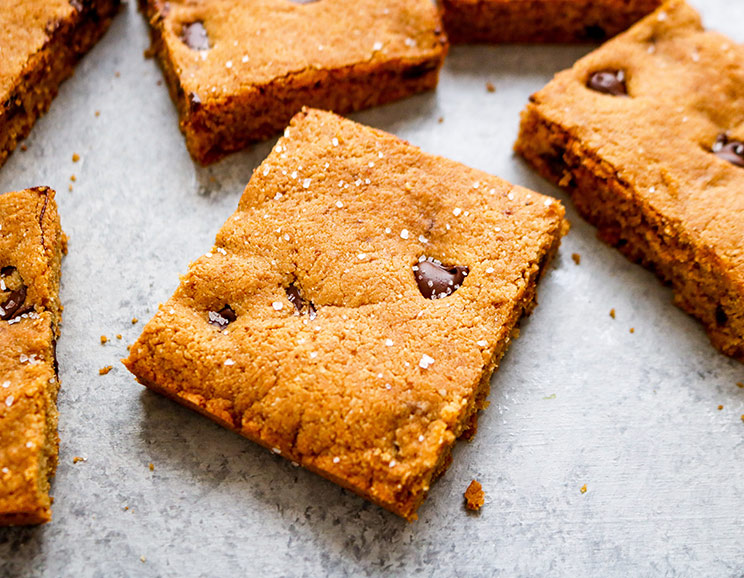 Chewy Chocolate Chip Tahini Blondies
Chewy Chocolate Chip Tahini Blondies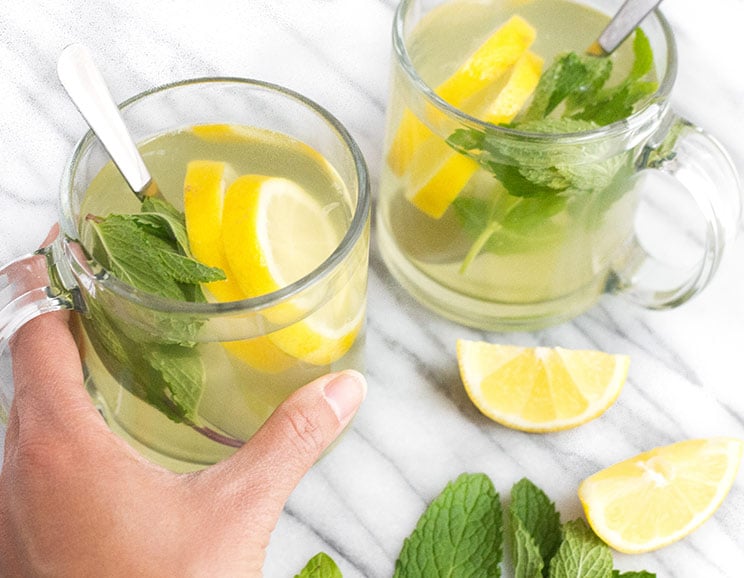
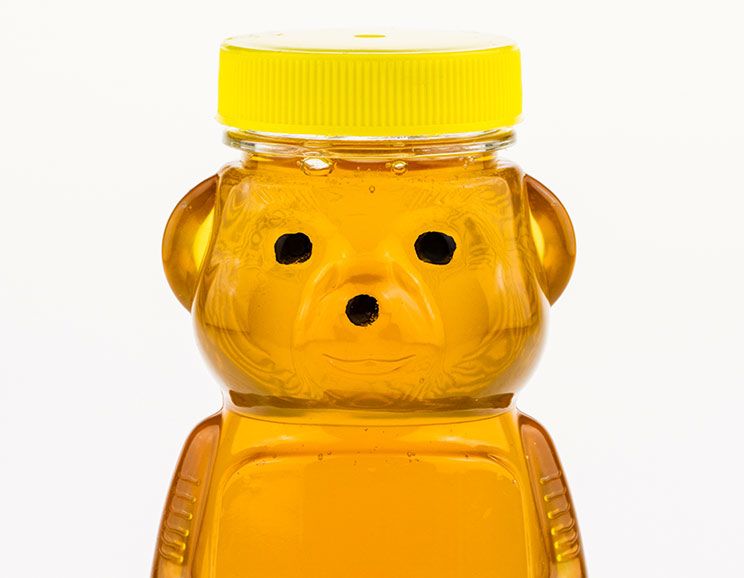

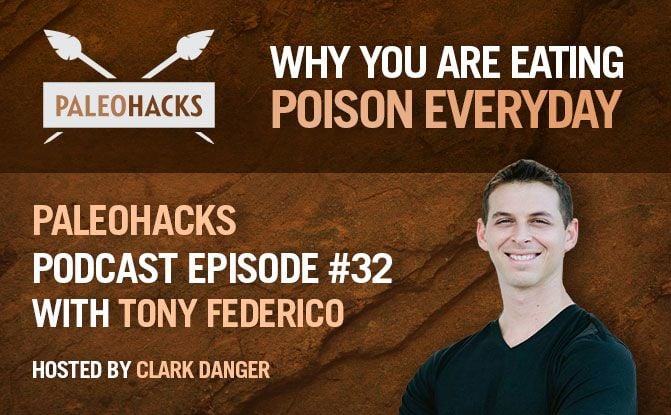

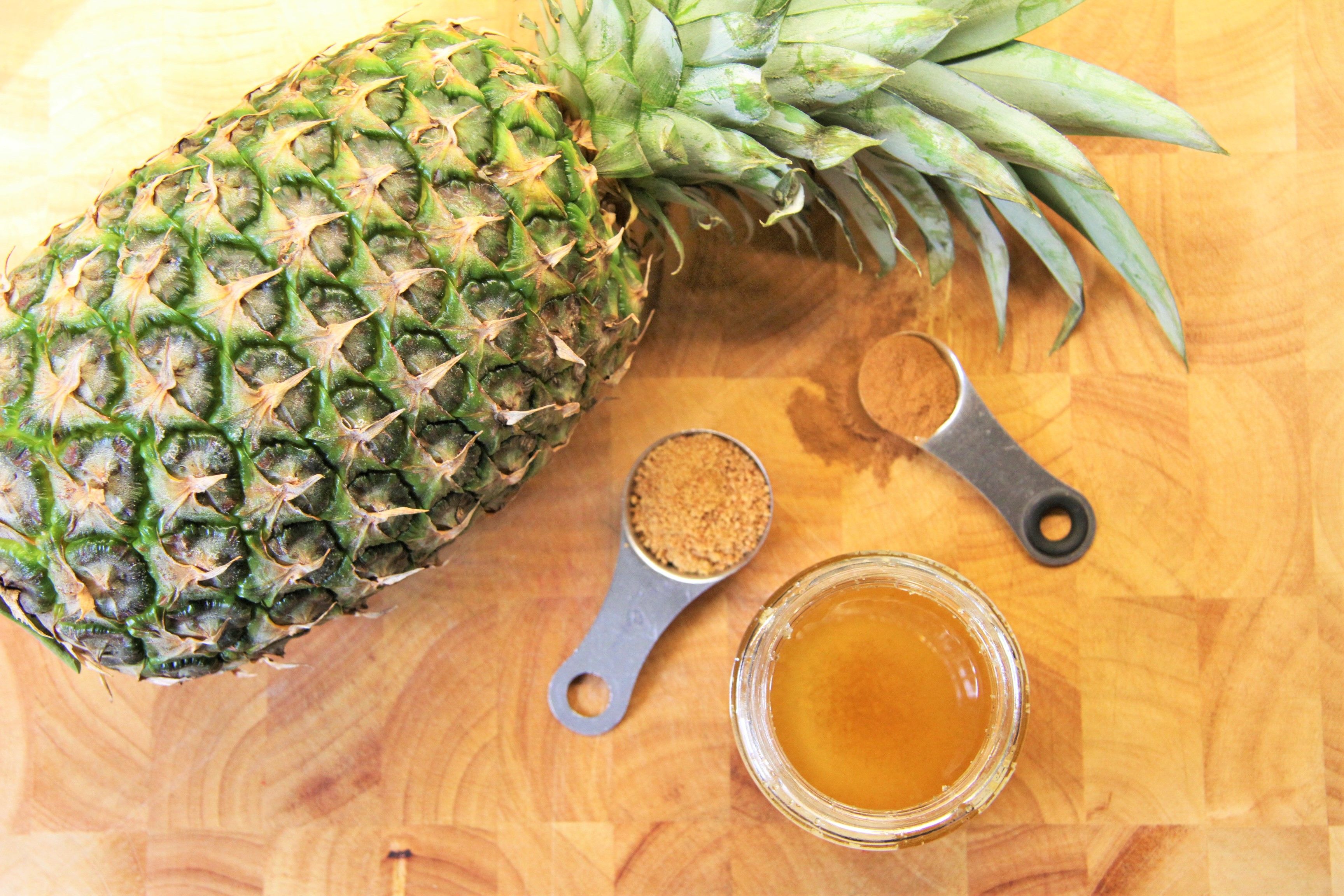
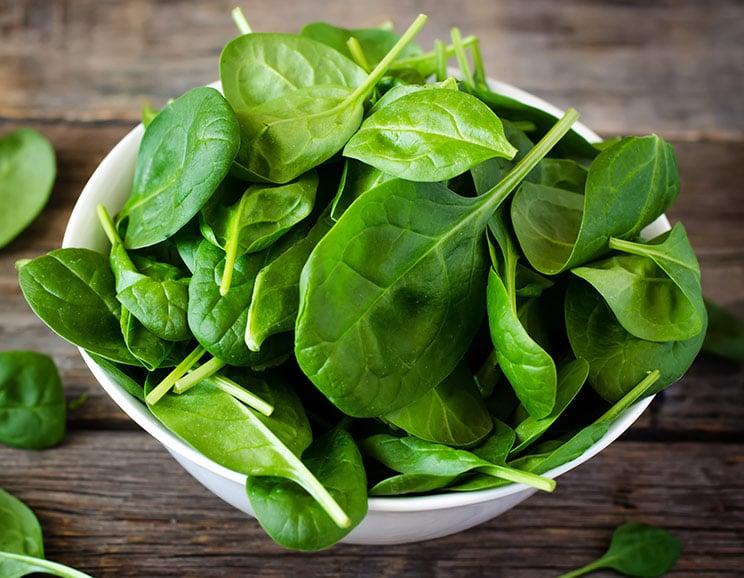
Show Comments